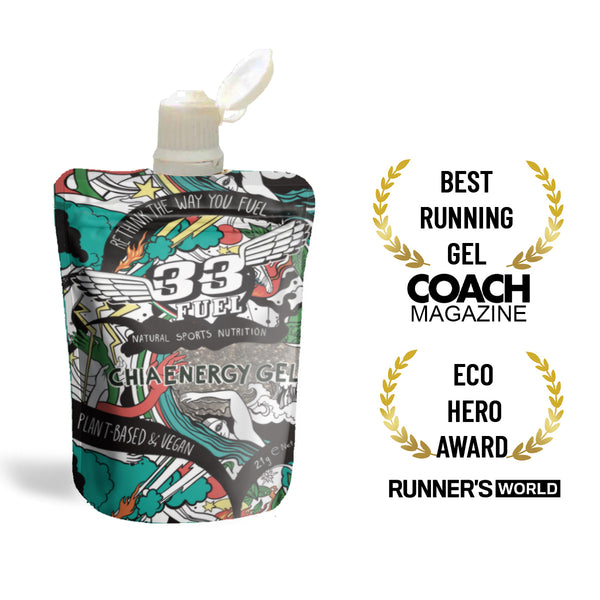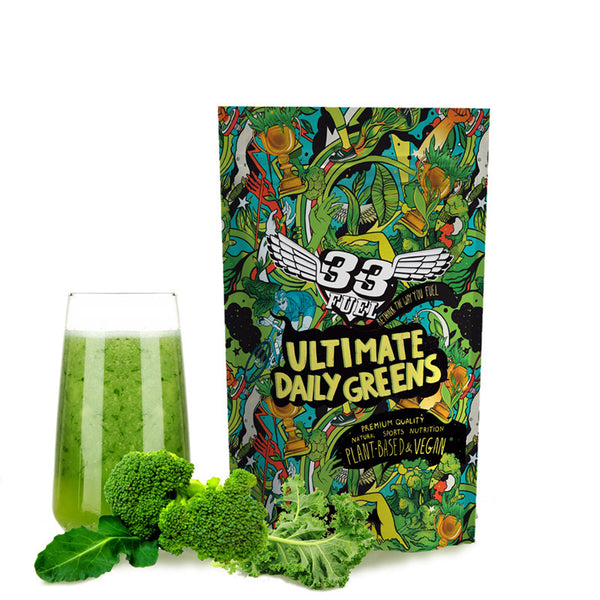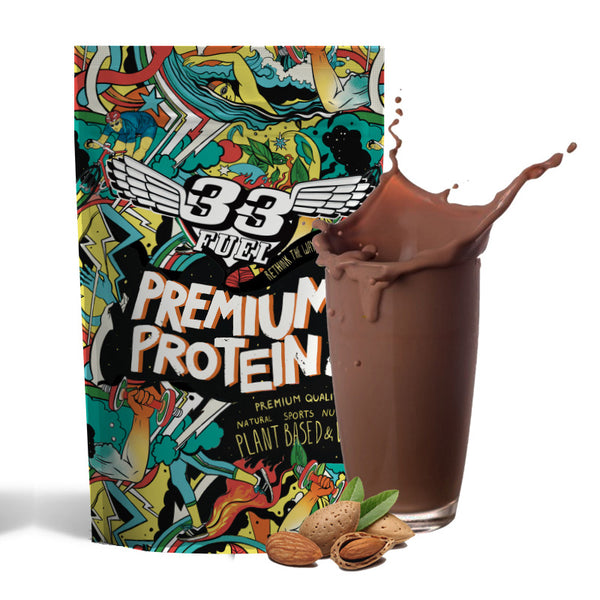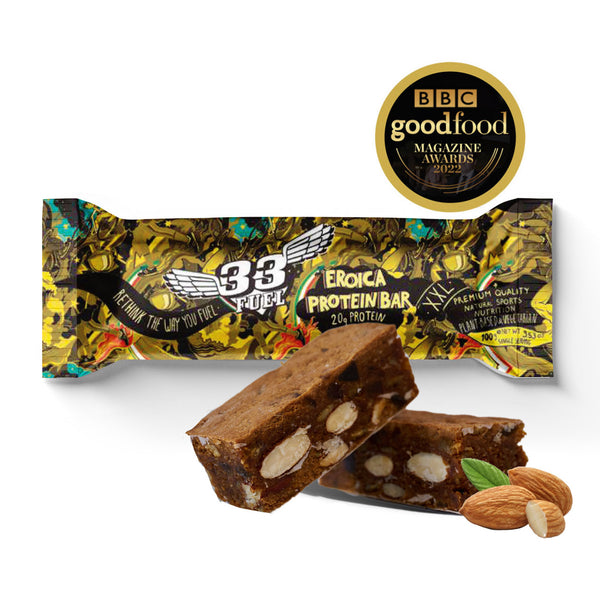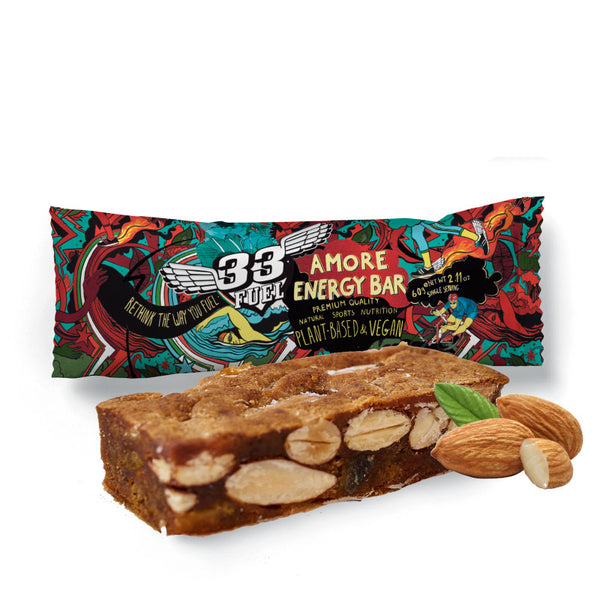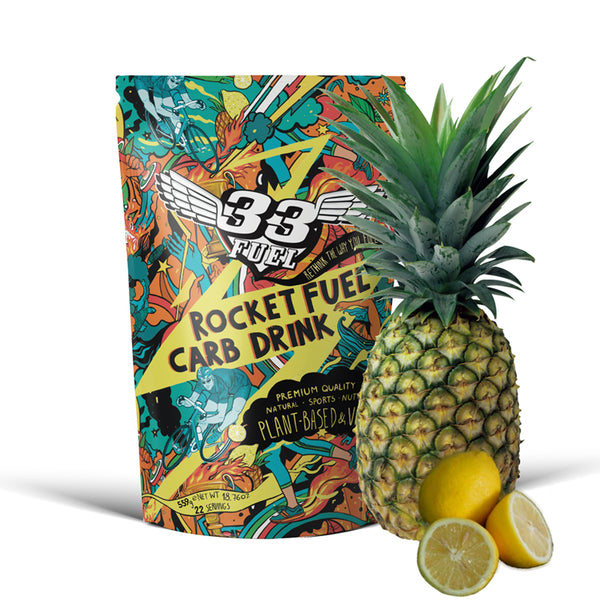9 Heat Training Tips

There's many benefits of training in the heat, but to maximise the gains available there's a few rules you need to follow. These 9 heat training tips will help you get it right and boost performance this summer
Different methods of heat training
This article shares tips on how to weave heat training into your schedule. Which method you use is up to you, but there’s a few ways you can reap the performance benefits:
- Exercise in a heat chamber
- Train in the heat of the day
- Utilise a sauna
- Take a hot bath
- Wear extra clothes
Shop our award-winning sports nutrition
Heat training tips #1: Listen to your body
Above all else - particularly in this age of digital monitoring – being able to listen to your body is a skill to master when commencing heat training. Having the confidence to guide your training off feel is crucial. If you’re dictated by your ‘normal’ paces and heart rate zones, it won’t end well.
Be aware of early signs of heat related illness which include significant fatigue, becoming lightheaded or disorientation and nausea. Experience any of these and stop immediately.
Heat training tips #2: Start slow
When you commence heat training, take it easy. I speak from experience when I say you cannot underestimate the toll it takes on your body.
To give context, for the same heart rate I’d normally see at 12kph (08:00 minutes per mile), in a 34⁰C heat chamber I was reduced to 9kph (10:45 minutes per mile). Expect a drop in pace of 60 – 75%.
It’s quite shocking at first – and quite worrying – but go with it and do what’s needed to keep the intensity low. By all means walk and be guided by your rate of perceived exertion (RPE).
Running in the heat is taxing. When you start, go slow and enjoy the trails
Heat training tips #3: Less is more
In the early days, start with no more than 20-30 minutes duration. You’ll be a sweaty mess by the end and will need to recover as if you’ve just done a hard session.
Gradually build up to a maximum of 90-minutes over the course of a few weeks.
When it comes to frequency, two to three times per week seems to be the sweetspot.
Heat training tips #4: Forget the intensity
Experienced ultrarunning coach Jason Koop says “at a certain level, you have to compromise training quality for the heat acclimation. Acclimating to the heat is additional stress [on the body], just like more miles or intervals, so you can’t simply pile it on. Something on the training side has to give”.

When the mercury rises, save the intensity for the indoors
Even if you disregard this, research has shown the gains to be just as significant training at low intensity as high, so why push it?
Although the increased RPE is real, it’s actually the central nervous system (CNS) going into self-preservation mode that dictates the degree of discomfort. The CNS signals to the brain that the body is under duress and thus increases RPE in a bid to make you slow.
For your harder sessions, head indoors to an air conditioned gym or train at the ends of the day to maximise results.
Heat training tips #5: Don’t always train in the heat
Koop tells his athletes that they are “substituting one potential gain for another one”.
This means there’s nothing to be gained for working too hard or too often in the heat. Once heat training commences, view it as a hard session but continue regular training in normal environmental conditions for optimal gains.
Heat training tips #6: Track bodyweight
Tracking bodyweight is a useful measure of fluid and electrolytes lost during your session.
Guidelines suggest you should aim to lose no more than 3% of your bodyweight in one session. Exceed this and you’re at risk of serious depletion.
Heat training tips #7: Don’t over-drink (perhaps)

While it seems to make sense that while training in the heat you should drink more, be careful not to overdo it. Dehydration is a key signal that triggers adaptation. If you’re super-hydrated, not only may you be at risk of hyponatremia but you could also reduce the gains.
Koop often tells his athletes to abstain from drinking if they use a sauna after training in order to enhance the effect.
Having said that, this relatively recent study suggests the opposite – that dehydration does not boost heat training effects.
Clearly further research is needed on this one!
Heat training tips #8: Periodise heat training
Use heat training in the final two to three weeks prior to a race (ie during your taper). The effects occur quickly and these weeks should be lower volume compared to earlier in your training phase.
Remember, you don’t need to train in the heat for long. This study investigated responses after just four days of controlled heat exposure and found positive benefits.
Heat training tips #9: Prioritise electrolytes
Treat each heat session like you would a hard training set – that includes replacing electrolytes lost through sweat. Don't forget, this isn't just about sodium. Magnesium, calcium and potassium also contribute to optimal muscle function so use a sports drink that contains these minerals too.
With just 5 natural ingredients, Better Fuel packs nature's strongest ant-inflammatories as well as sodium, potassium, calcium and magnesium for optimal muscle function - perfect for training in the heat
More performance boosting content
From the 33Fuel Vlog – Conquer fear with ultrarunner and coach Kerry Sutton
From the 33Fuel Podcast – Cooking for high performance in lockdown
From the 33Fuel Blog
Benefits of training in the heat
Hypernatremia and hyponatremia – what’s the difference?
10 simple lockdown recipes to try
How to keep running when you want to stop
12 cold shower benefits you need to know


